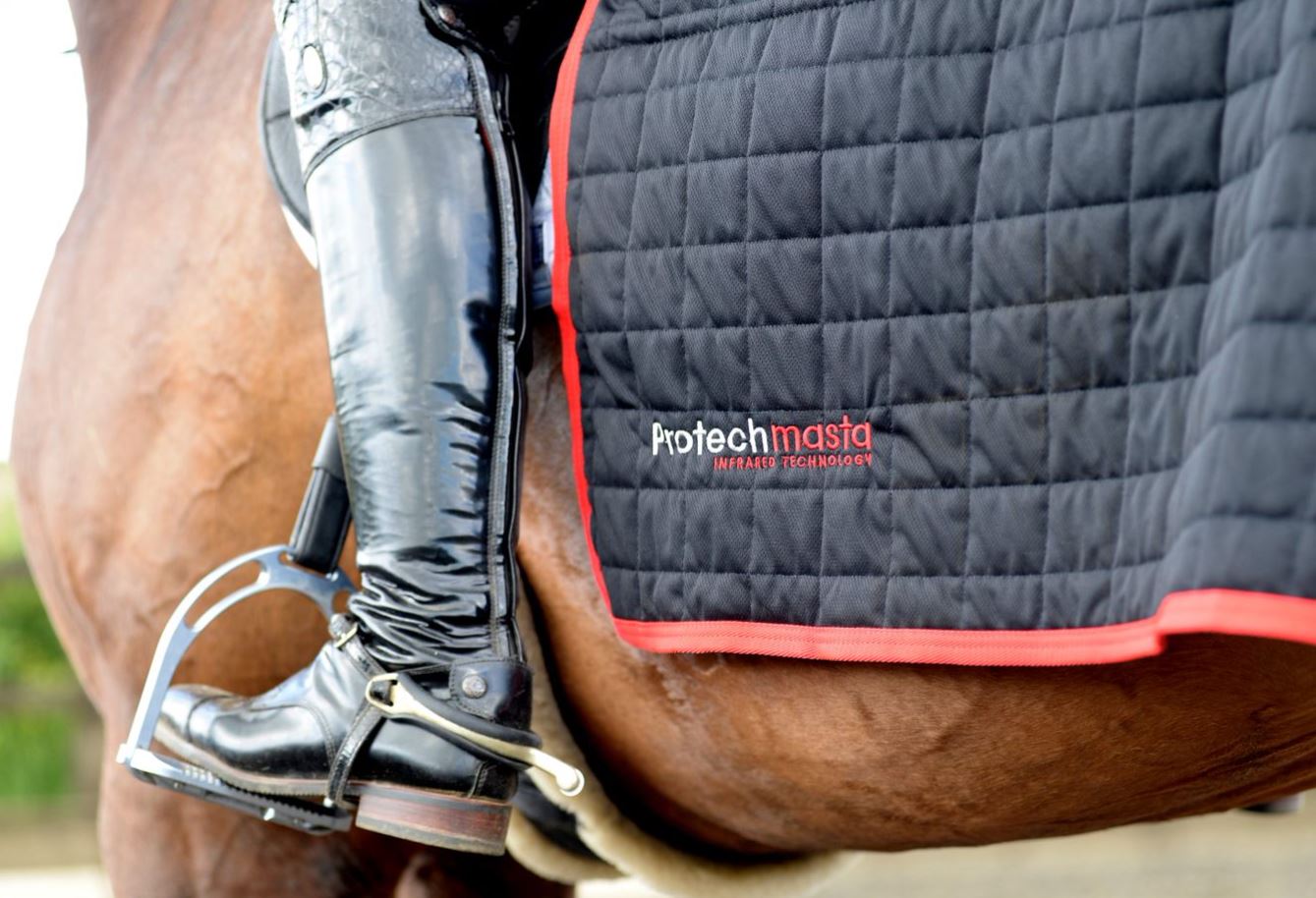
Controversy is always high in the equestrian world when it comes to artificial aids. Whether it be whips, nosebands, lunging systems, bitting… the list goes on! There's always someone who thinks they should be banned. Spurs are used in all disciplines of English and western riding (especially at the professional level) and can be a very useful training aid when used properly but the question is, are they kind, or are they cruel?
Should I use spurs?
It is a common misconception that spurs are worn solely to make the horse move forward or go faster; this is most certainly not the case! You will notice if you watch professional riders that pretty much all of them wear spurs in every discipline! So if spurs are just to make the horse go faster then surely not every horse would need them. Spurs are there to make your leg aids more clear. So for example in dressage, they are compulsory after Advanced Medium as the moves that are asked for require such precision that you will find it very helpful to wear spurs in order to complete them accurately.
In showjumping and cross country they are often worn to make it clear to the horse when the rider is asking them to extend/collect or takeoff. A jumper’s gaits have to be so adjustable so the clear leg aids instil confidence in the horse and make it very clear what the rider wants of them.
On the other hand, spurs can also be used to encourage your horse to go show more impulsion. They can help encourage laid back horses to become more reactive to the leg and have more impulsion. Many people in the equestrian world believe that uses spurs is kinder than constantly nagging a horse to move forward.
What are the types of spurs:
It is also important to note that there are many different types of spurs. Five of the main types are Round End, Prince of Wales, Waterford, Swan Neck and Rowelled.
Round End Spurs are milder and can be made of either plastic or metal. As the name suggests, the shanks are rounded at the end which means they are not sharp so easier for riders just starting out with spurs or for sensitive horses.
Prince of Wales Spurs are similar in appearance to the round end ones except they have a flat end which makes them a bit sharper. They are a very commonly used spur.
Waterford Spurs have a large ball (stationary) on the end of the shanks and are often preferred by dressage riders.
Swan Neck Spurs are also very popular in dressage. Their shanks go up at an angle before levelling off. They are often used if the rider's leg is too long for the horse's barrel and/or to prevent the rider from lifting their lower leg too much to apply the spur.
Rowelled Spurs come in many forms. The original ones have a wheel with blunt teeth on the end that rotates along the horse’s side (the more teeth there are, the milder it is). Whereas others just have a disk. Another adaptation of the rowelled spur is the roller spur. These have a roller on the end of the shank (usually plastic) which rolls across the side of the horse. These are very mild so good for sensitive horses.
What to watch out for when riding in spurs
So as you might have noticed, we mentioned that different types of spurs are stronger or milder however even if a spur is classed as ‘mild’, this still doesn't mean that anyone can use them. It is important to have a strong, sturdy lower leg position when riding with spurs so you don't nag your horse on the side every stride. It is recommended that complete beginner riders should not wear spurs as they would not have the leg control or position needed to be able to handle spurs. Before you start using spurs it is also recommended that you speak to a qualified instructor as you don't want to harm your horse by accident. They'll be able to assess your leg position, for example checking that your toes don't always stick out, meaning the spurs would be angled into your horse constantly.
It is extremely important not to misuse spurs (or any other equipment) as they could do serious damage to your horse. It's also important to know your horse. For example, does your horse have sensitive skin? Could using spurs rub their hair off and create a sore area? Some riders with thin-skinned horses purposefully avoid spurs for this reason.
In conclusion, there is a time and a place for spurs when used correctly. If you have the riding ability to use them correctly and have a need for them then they are an excellent tool to use however proceed with caution, and if you're not sure speak to a qualified instructor before you strap them to your boots.

